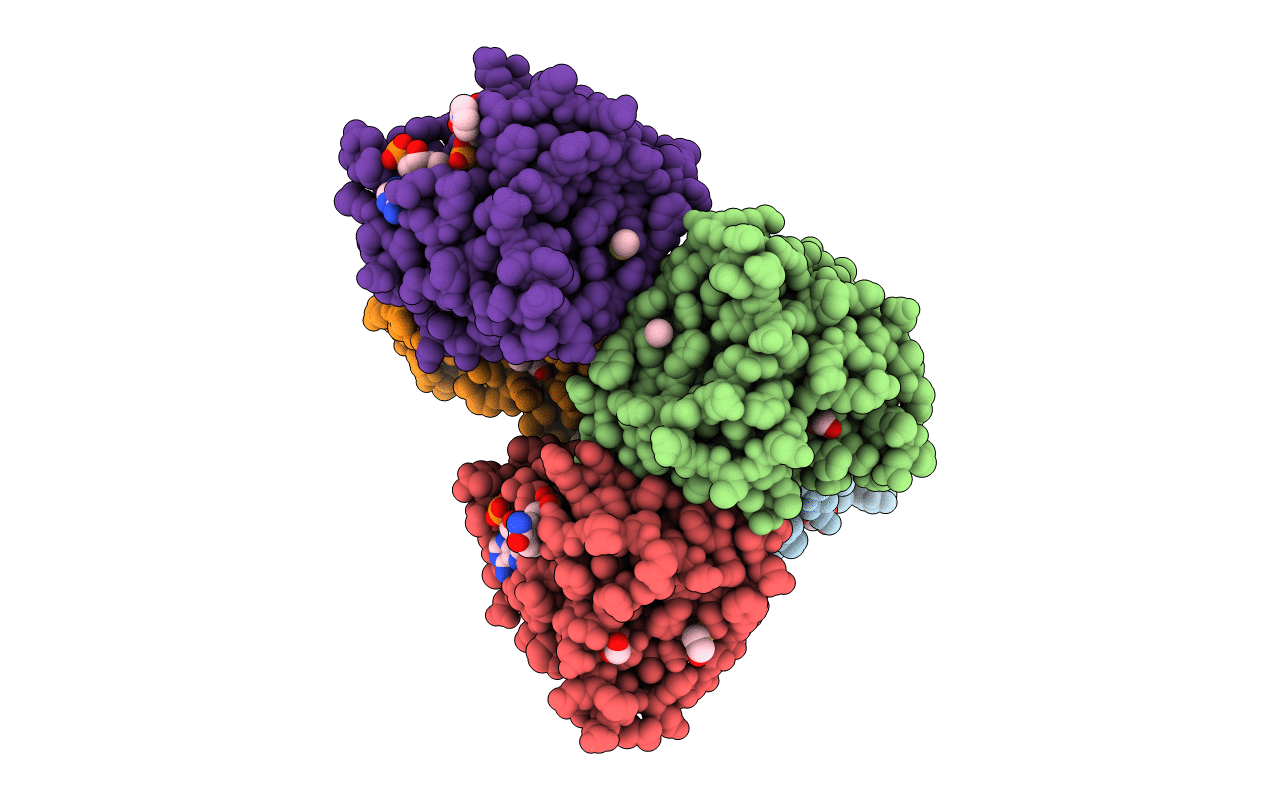
Deposition Date
2017-01-14
Release Date
2017-11-22
Last Version Date
2023-10-04
Method Details:
Experimental Method:
Resolution:
1.93 Å
R-Value Free:
0.23
R-Value Work:
0.19
R-Value Observed:
0.19
Space Group:
P 21 21 21


